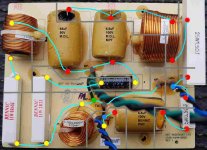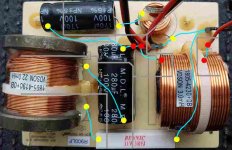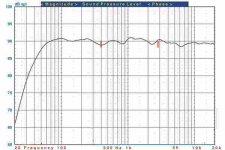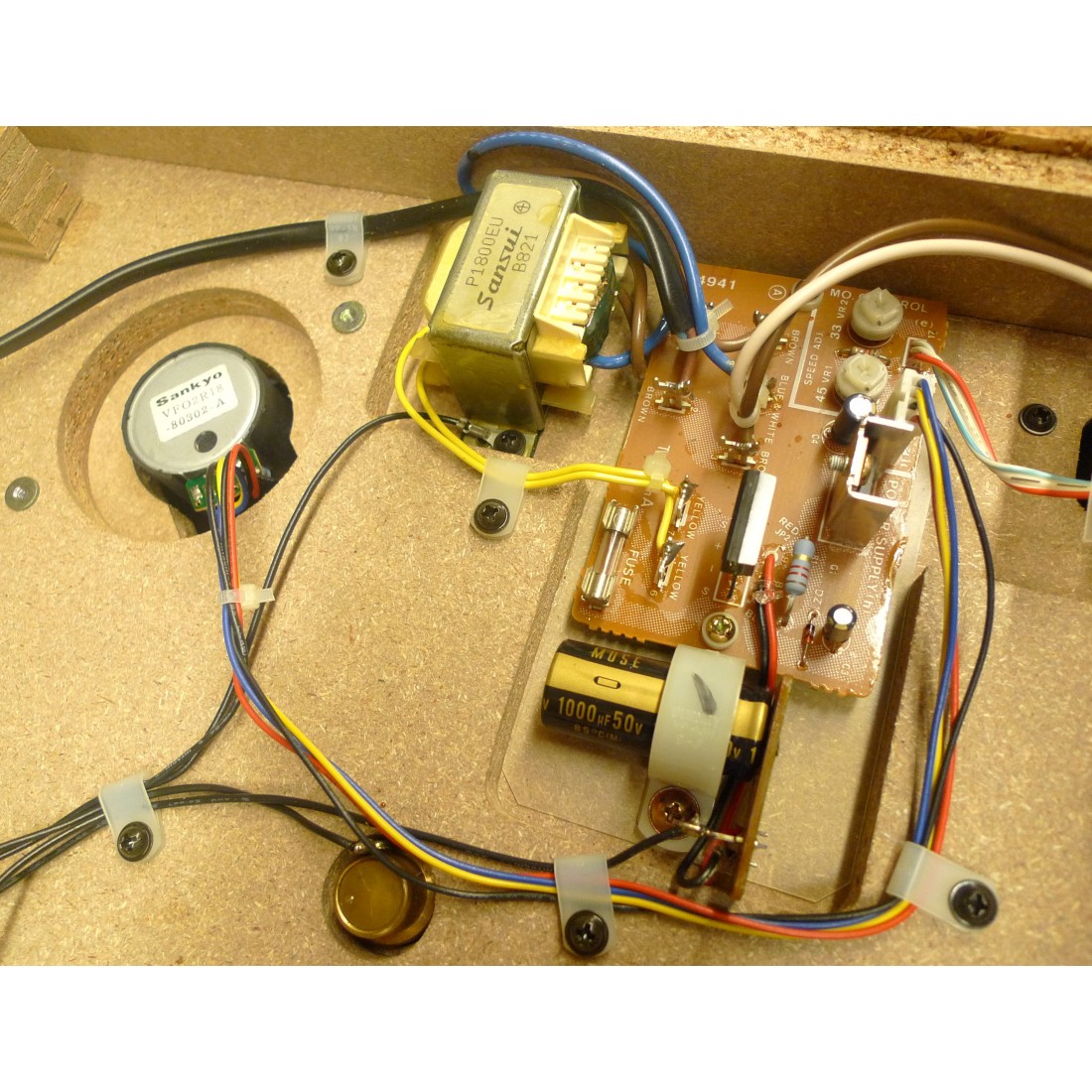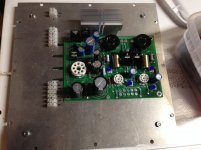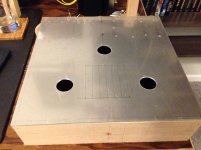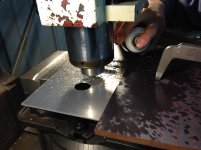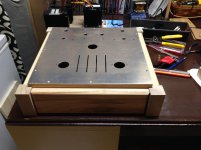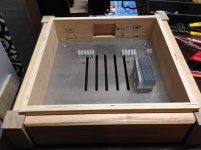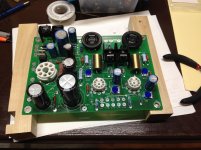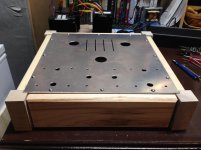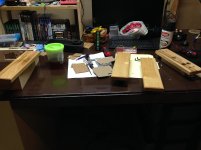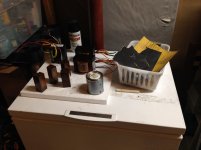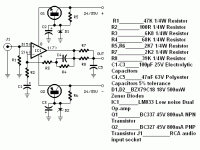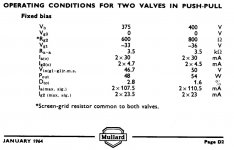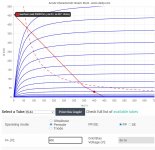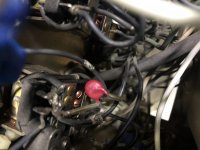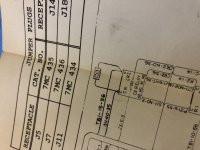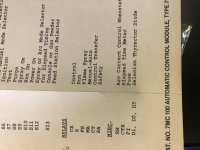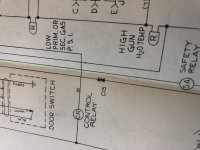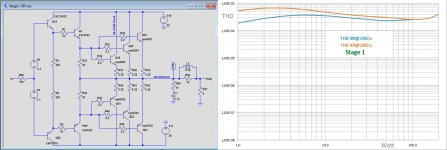Intrinsic instability in a negative Jung style regulator?
- By ApolloZhang
- Power Supplies
- 15 Replies
Greetings gentlemen😱
For the past month I have been working on a super regualtor project with Jung style topology, but also includes some trick from the golden reference regulator -> Buffered error amp output to the base of pass element.
The error amp is good old ne5534, voltage reference being the Jung Led reference, and for the pass elements Im using NJT4031/4030 pair...
So here is basically what happened while debugging the whole assembly. The positive supply was rather successful, no magic smoke. But something rather strange happend to the negative regulator, when testing with a 200mA step, the output rings pretty badly on the oscilloscope. The ringing stops after 5-6 periods.
In the contrary, the positive reg shows a very ideal response without ringing. Voltage just goes down, negative feedback kicks in, overshoot a little, then voltage returns to the set value. Nothing more.
To tackle this ugly ringing, a few methods was tried, including: Switching pass element to slower bjt, adding input decouple cap, adding output decouple cap(aluminum, of course), increasing local feedback around erroramp. But none of these solves the problem completely, amplitude gets lower and stills rings for a while.
Anyone familiar with this issue? Thanks in advance..
---------------------------------------- Update----
One interesting result: When using the faster driver BJT 2SA2039, the ringing was like 4 time larger in amplitude and lasts longer. When switched to MJE350 the ringing was almost stopped. Reminds me of Mr. Didden once mentioned about the error amp and pass element selection: They shall have different speed so that phase shift wont happen at the same frequency.
For the past month I have been working on a super regualtor project with Jung style topology, but also includes some trick from the golden reference regulator -> Buffered error amp output to the base of pass element.
The error amp is good old ne5534, voltage reference being the Jung Led reference, and for the pass elements Im using NJT4031/4030 pair...
So here is basically what happened while debugging the whole assembly. The positive supply was rather successful, no magic smoke. But something rather strange happend to the negative regulator, when testing with a 200mA step, the output rings pretty badly on the oscilloscope. The ringing stops after 5-6 periods.
In the contrary, the positive reg shows a very ideal response without ringing. Voltage just goes down, negative feedback kicks in, overshoot a little, then voltage returns to the set value. Nothing more.
To tackle this ugly ringing, a few methods was tried, including: Switching pass element to slower bjt, adding input decouple cap, adding output decouple cap(aluminum, of course), increasing local feedback around erroramp. But none of these solves the problem completely, amplitude gets lower and stills rings for a while.
Anyone familiar with this issue? Thanks in advance..
---------------------------------------- Update----
One interesting result: When using the faster driver BJT 2SA2039, the ringing was like 4 time larger in amplitude and lasts longer. When switched to MJE350 the ringing was almost stopped. Reminds me of Mr. Didden once mentioned about the error amp and pass element selection: They shall have different speed so that phase shift wont happen at the same frequency.
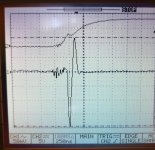
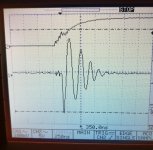
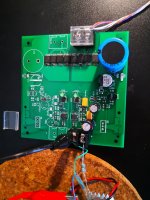

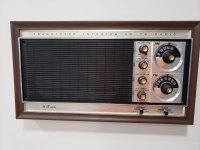





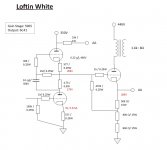
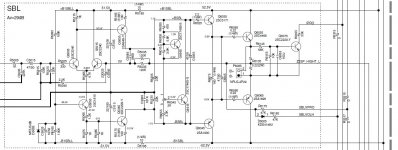
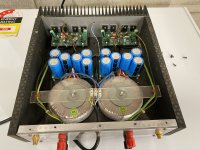
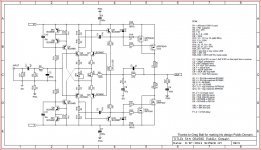
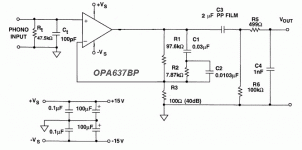
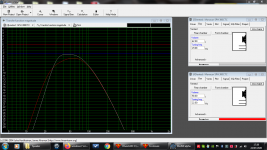
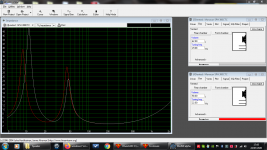
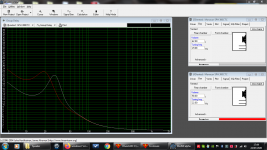
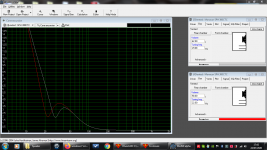
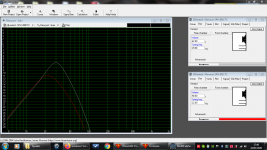
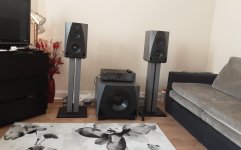

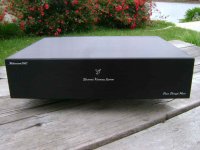
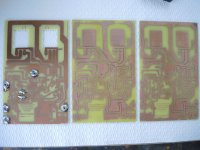
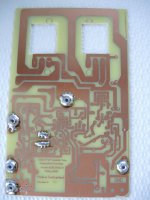
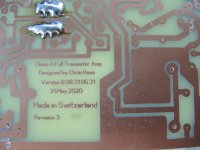
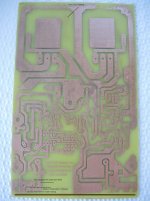
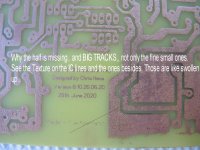
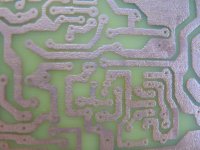
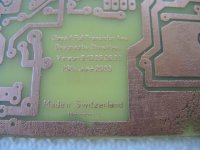

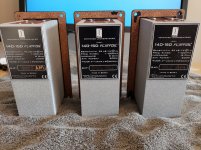
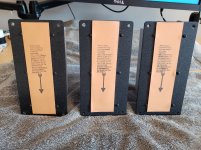
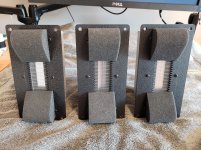
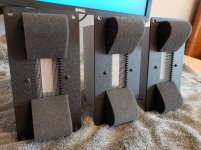
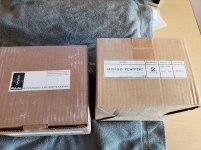

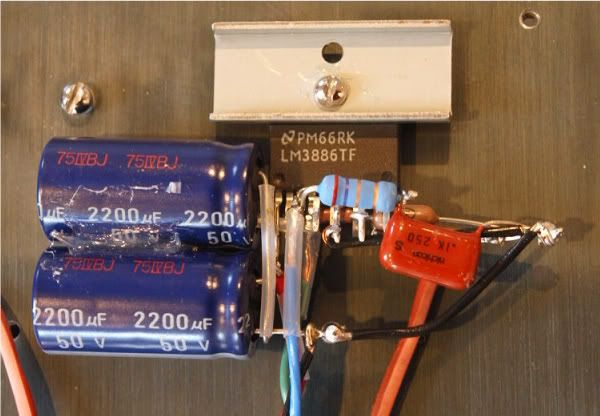

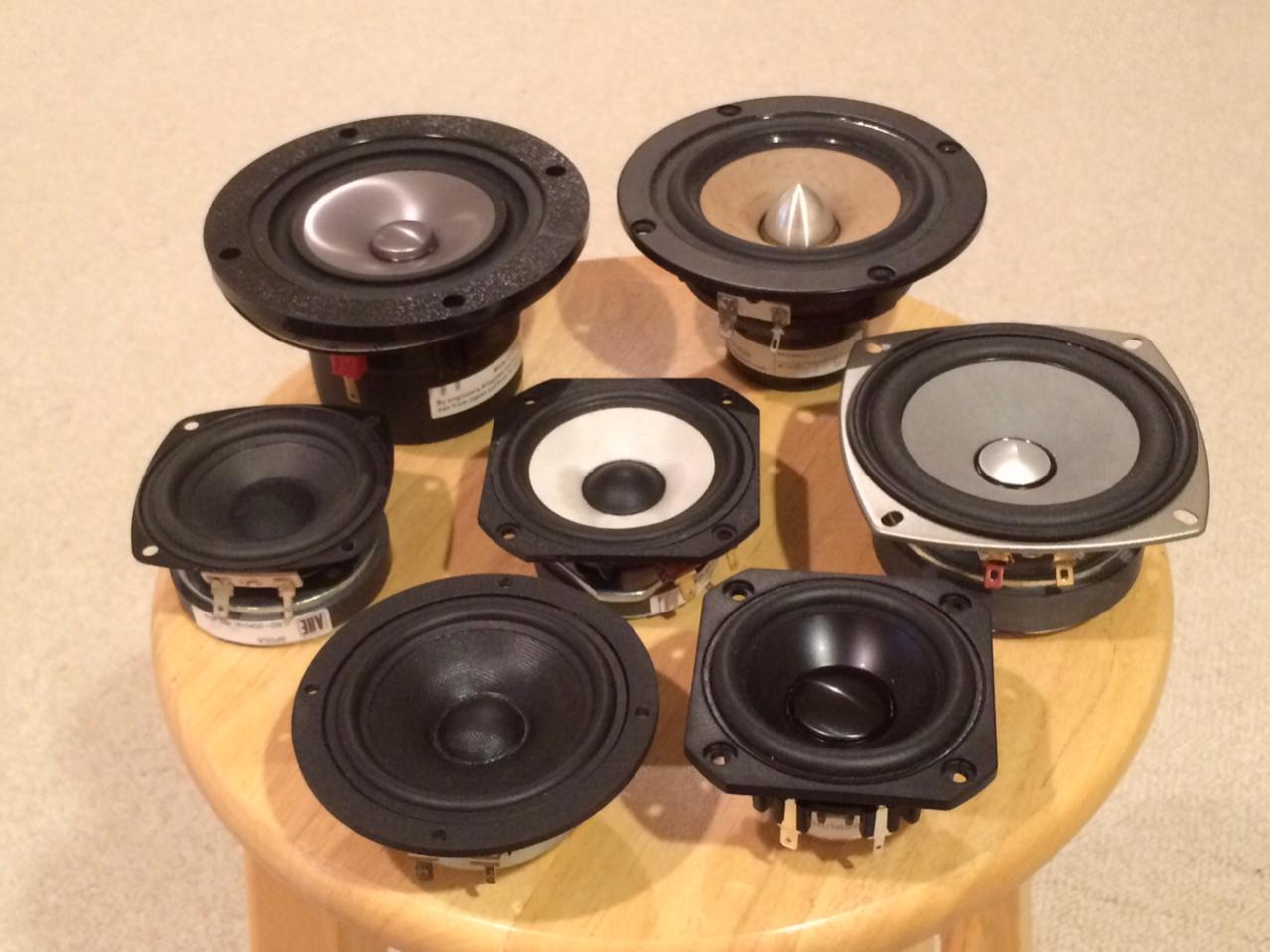
 . This is my first Electronic project of this kind. Please find the block diagram of my design
. This is my first Electronic project of this kind. Please find the block diagram of my design 
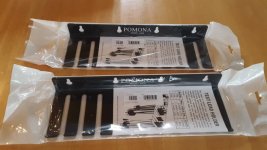







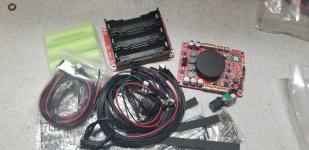

 .
.
